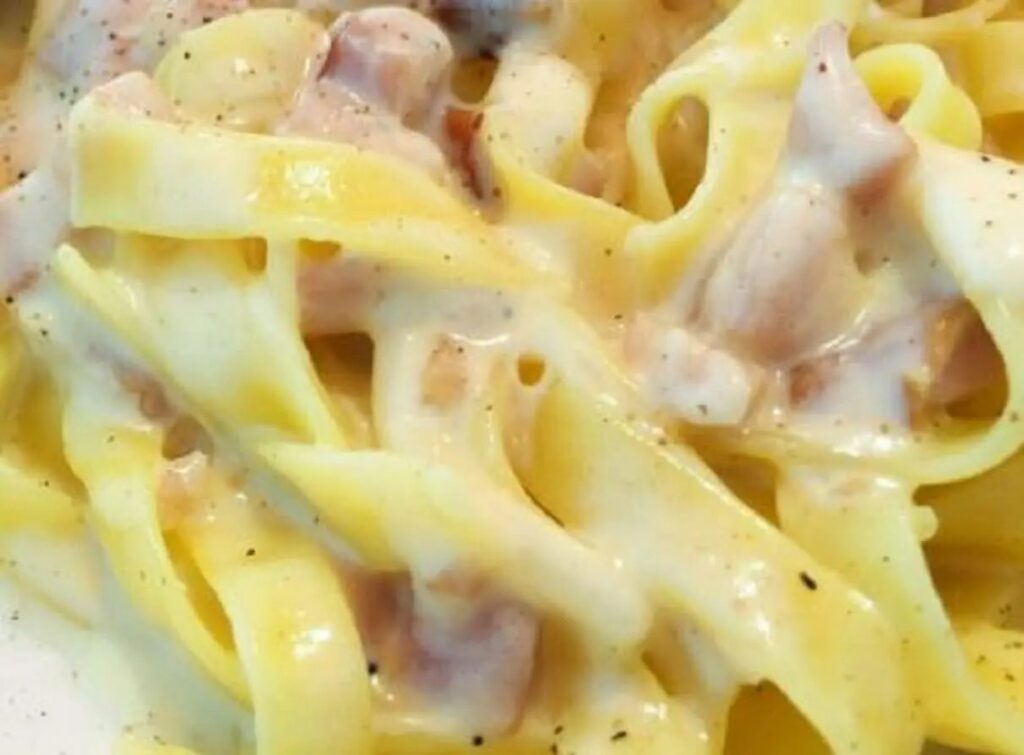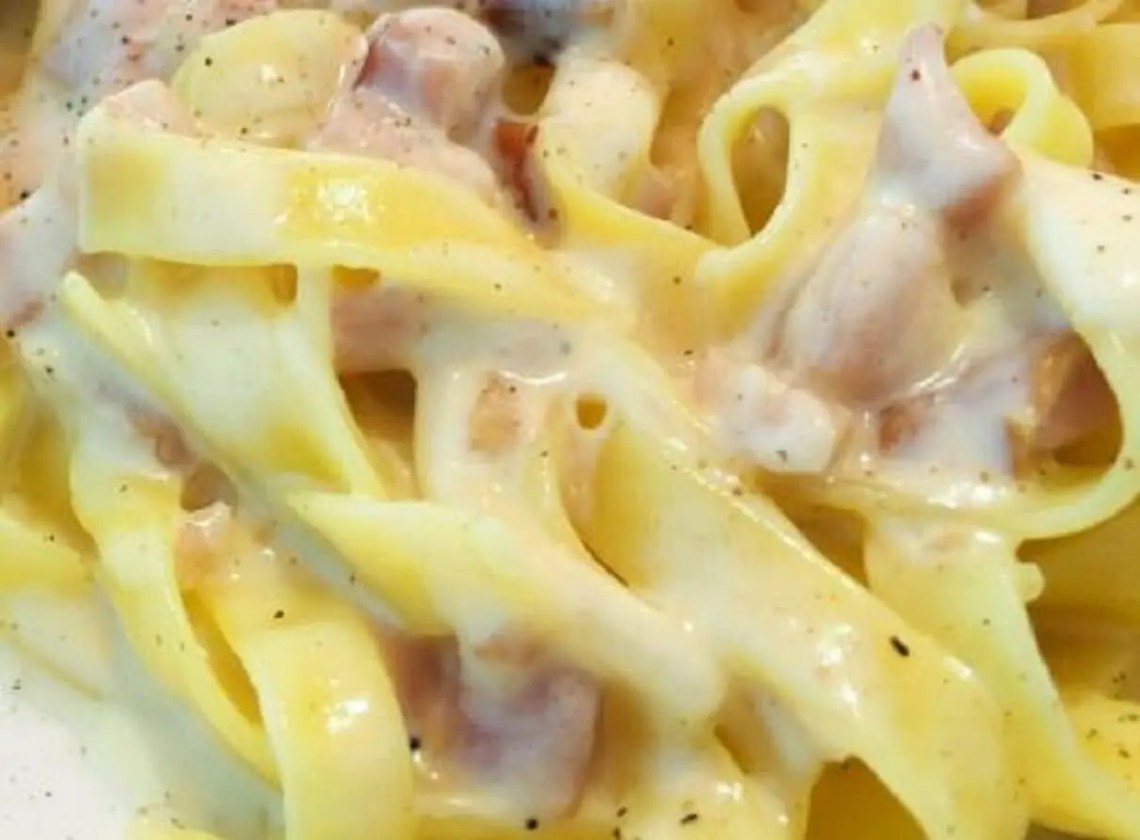
Decoding the Delight: Mastering the Art of Authentic Carbonara Sauce
Few pasta sauces command the reverence and ignite the debate quite like carbonara sauce. A seemingly simple blend of eggs, cheese, cured pork, and black pepper, its authenticity is a hotly contested topic among food enthusiasts. This article delves into the essence of true carbonara sauce, debunking myths and providing a definitive guide to creating this classic dish with confidence.
The Core Ingredients: What Makes Carbonara, Carbonara?
Understanding the fundamental ingredients is crucial for achieving authentic carbonara sauce. Each component plays a vital role in the sauce’s texture, flavor, and overall character.
Eggs: The Binding Agent
Eggs are the foundation of carbonara sauce. Traditionally, only egg yolks are used, contributing to the sauce’s richness and creamy consistency. Some recipes incorporate a whole egg or two to lighten the sauce slightly, but the emphasis remains on the yolks. The key is to use fresh, high-quality eggs, preferably from pasture-raised chickens for a deeper, more vibrant flavor.
Guanciale: The Cured Pork of Choice
While bacon or pancetta are often substituted due to availability, guanciale is the authentic cured pork used in carbonara sauce. Guanciale is made from pork jowl (cheek) and is prized for its intense pork flavor and higher fat content, which renders beautifully and creates a luscious base for the sauce. Its distinctive flavor profile sets it apart from other cured pork products.
Pecorino Romano: The Salty, Sharp Cheese
Pecorino Romano, a hard, salty cheese made from sheep’s milk, is the traditional cheese used in carbonara sauce. Its sharp, pungent flavor complements the richness of the eggs and guanciale. While Parmesan cheese is sometimes used as a substitute or in combination with Pecorino Romano, sticking to Pecorino Romano ensures a more authentic and flavorful carbonara sauce.
Black Pepper: The Spicy Kick
Freshly ground black pepper is an essential ingredient in carbonara sauce. Its pungent aroma and spicy kick balance the richness of the other ingredients and add a crucial layer of complexity to the sauce. Use freshly cracked black pepper for the best flavor – pre-ground pepper loses its potency quickly.
The Forbidden Ingredients: What Carbonara is NOT
The debate surrounding carbonara sauce often centers on what *shouldn’t* be included. These ingredients are considered deviations from the authentic recipe and are often met with disdain by purists.
Cream: The Ultimate Sin
Adding cream to carbonara sauce is considered the cardinal sin by many. Authentic carbonara sauce derives its creaminess solely from the eggs and rendered fat from the guanciale. Cream masks the delicate flavors of the other ingredients and creates an overly heavy sauce.
Garlic: An Unnecessary Addition
While garlic is a staple in many Italian dishes, it is not traditionally included in carbonara sauce. The flavors of the guanciale, Pecorino Romano, and black pepper are intended to shine through without the interference of garlic.
Other Vegetables: Keep it Simple
Similarly, vegetables such as onions, mushrooms, or peas are not part of the authentic carbonara sauce recipe. While these additions may be delicious, they stray from the simplicity and purity of the traditional dish. [See also: Vegetarian Carbonara Alternatives]
The Technique: Mastering the Art of Emulsification
Creating a smooth and creamy carbonara sauce requires mastering the art of emulsification. This involves combining the eggs, cheese, and pasta water to create a stable emulsion that coats the pasta evenly.
Cooking the Guanciale: Rendering the Fat
Start by dicing the guanciale and cooking it in a pan over medium heat until it is crispy and has rendered its fat. The rendered fat is crucial for creating a flavorful base for the sauce. Remove the crispy guanciale from the pan and set it aside, leaving the rendered fat in the pan.
Preparing the Egg Mixture: Combining the Ingredients
In a bowl, whisk together the egg yolks (and whole egg, if using), Pecorino Romano cheese, and freshly ground black pepper. The mixture should be smooth and well combined.
Cooking the Pasta: Starchy Gold
Cook the pasta in salted boiling water until al dente. Reserve about a cup of the pasta water before draining the pasta. The starchy pasta water is essential for creating the emulsion.
Combining Everything: The Emulsification Process
Immediately add the drained pasta to the pan with the rendered guanciale fat. Toss the pasta to coat it in the fat. Remove the pan from the heat and pour the egg mixture over the pasta. Quickly toss the pasta with the egg mixture, adding small amounts of the reserved pasta water as needed to create a creamy sauce. The heat from the pasta will gently cook the eggs without scrambling them. The key is to work quickly and add the pasta water gradually until the sauce reaches the desired consistency.
Serving: The Final Touches
Serve the carbonara sauce immediately, topped with the crispy guanciale and extra Pecorino Romano cheese and black pepper. The sauce should be creamy and cling to the pasta. Enjoy!
Troubleshooting: Common Carbonara Challenges
Even with the best intentions, making carbonara sauce can sometimes present challenges. Here are some common issues and how to address them.
Scrambled Eggs: Too Much Heat
The most common issue is scrambled eggs. This happens when the egg mixture is exposed to too much heat. To prevent this, remove the pan from the heat before adding the egg mixture and work quickly to toss the pasta and sauce together. Adding the pasta water gradually will also help to regulate the temperature and prevent the eggs from scrambling.
Sauce Too Thick: Not Enough Liquid
If the sauce is too thick, it means there is not enough liquid. Add more pasta water, a tablespoon at a time, until the sauce reaches the desired consistency. The pasta water will help to thin the sauce and create a creamy emulsion.
Sauce Too Thin: Too Much Liquid
If the sauce is too thin, it means there is too much liquid. This can be caused by adding too much pasta water or not using enough egg yolks. To thicken the sauce, you can try adding a small amount of grated Pecorino Romano cheese or cooking the sauce over very low heat for a minute or two, being careful not to scramble the eggs.
Variations and Modern Twists
While sticking to the traditional recipe is essential for experiencing authentic carbonara sauce, there are some variations and modern twists that can be explored. These variations often involve substituting ingredients or adding new flavors while still maintaining the essence of the dish. [See also: Carbonara Recipe Variations]
Vegetarian Carbonara: A Plant-Based Delight
For a vegetarian version of carbonara sauce, you can substitute the guanciale with smoked tofu or mushrooms. These ingredients provide a similar savory flavor and texture to the guanciale. You can also add vegetables such as asparagus or peas for extra flavor and nutrition.
Seafood Carbonara: A Coastal Twist
For a seafood twist on carbonara sauce, you can add shrimp, scallops, or crab meat. These ingredients add a briny flavor to the sauce and complement the richness of the eggs and cheese. Be sure to cook the seafood separately and add it to the pasta and sauce at the end.
Spicy Carbonara: A Fiery Kick
For a spicy version of carbonara sauce, you can add a pinch of red pepper flakes to the egg mixture. This will add a fiery kick to the sauce and balance the richness of the other ingredients. You can also use spicy guanciale or add a drizzle of chili oil at the end.
Conclusion: Embrace the Authenticity
Authentic carbonara sauce is a culinary masterpiece that celebrates simplicity and quality ingredients. By understanding the core components and mastering the technique, you can create a truly delicious and satisfying dish. Embrace the authenticity, avoid the forbidden ingredients, and enjoy the rich, creamy flavors of this classic Italian pasta sauce. With a little practice, you’ll be able to whip up a perfect plate of carbonara sauce every time.

